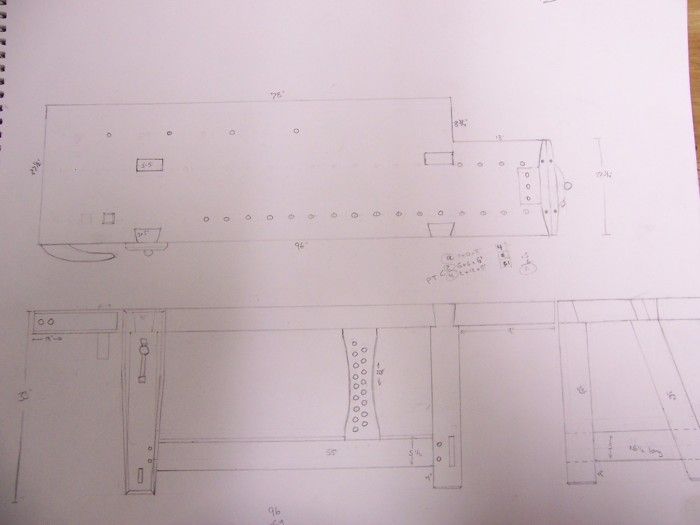
The design of the workbench. My Sketchup skills are still nonexistent so I have to design the old fashion way.
It’s 2009 and I still haven’t made a new workbench I promised myself when I bought an Emmert patternmakers vise at an antique tool auction in Indianapolis last spring. After the auction I bought Workbenches by Chris Schwarz and was planning on building the Andre Roubo bench he built in the book. Then a couple of months ago while attending Woodworking in America Conference in Berea KY, I saw Roy Underhill’s version of the Roubo bench and fell in love with it. The bench was solid as a rock with its back legs splayed out and it didn’t rack from side to side. Something my current bench is horrible with. Luckily there’s a write up of Roy’s Roubo bench in his new book The Woodwright’s Guide; Working Wood with Wedge & Edge. Because there were things that I liked in both benches, I decided to incorporate some of the features of both and design something that would fit my needs.
The bench will be eight feet long and made out of Southern Yellow Pine with my Emmert vise installed at the end. I’m going to try something that I’m not sure has ever been done before and build the legs and the stretchers out of pressure treated wood. I just like the idea of the added weight with pressure treated wood. Plus, I was able to buy 6×6’s for the legs and save some money verses buying more 2x stock and gluing them up to create a 5”x5” legs the way Chris does. I calculated how much material I need and bought (12) 2x10x8’s, (4) 2x12x8’s and (2) 6x6x8’s. The total cost was $132.00. Not bad considering I paid $150 for a piece of 8/4”x 8”x60” walnut when I built my Pennsylvania Secretary a few year ago. The reason I didn’t make the entire bench out of pressure treated lumber is because ACQ lumber is very corrosive to metal. You need to use hot dipped galvanized or stainless steel fasteners when working with it. Since my vise is cast iron, it would end up corroding if I used ACQ pressure treated lumber for the top.
After letting the lumber acclimate in my shop for about a week, I ripped the boards in half so that they would dry faster. My wimpy little table saw doesn’t have enough power to rip through 2x stock without binding, so I had to set the blade a little under ¾” high and make two passes, flipping the board over after the first pass. Due to the high moisture content some of the boards started to crook immediately once I took them off the table saw. Once the ripping was complete, I stickered all the boards to let them air dry for a couple of more weeks. Once dry I’ll start milling them to size.
I don’t know how this bench will turn out using pressure treated lumber but I figure I can describe some of successes and pitfalls I encounter while building it. I’ll keep you posted.
To see the other parts click: part 5, part 4, part 3, part 2.

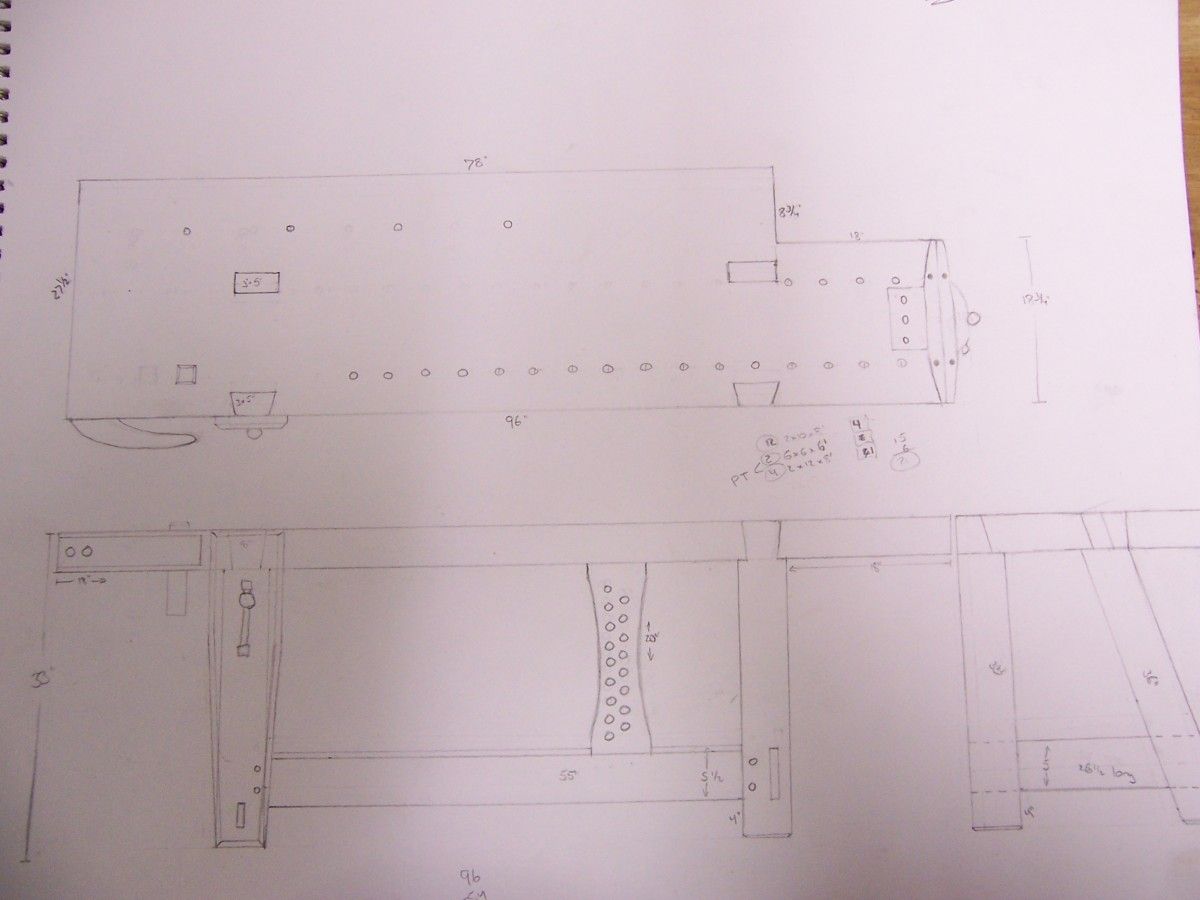
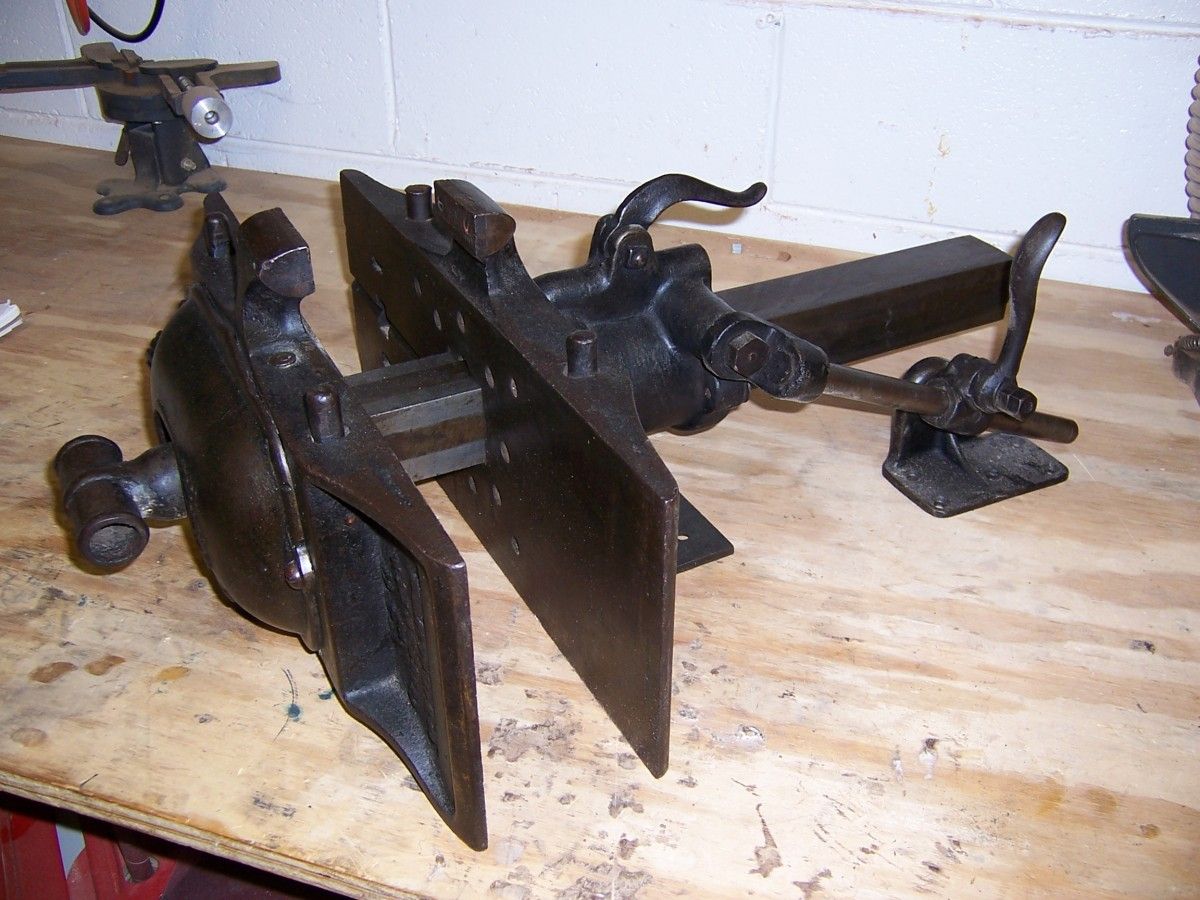
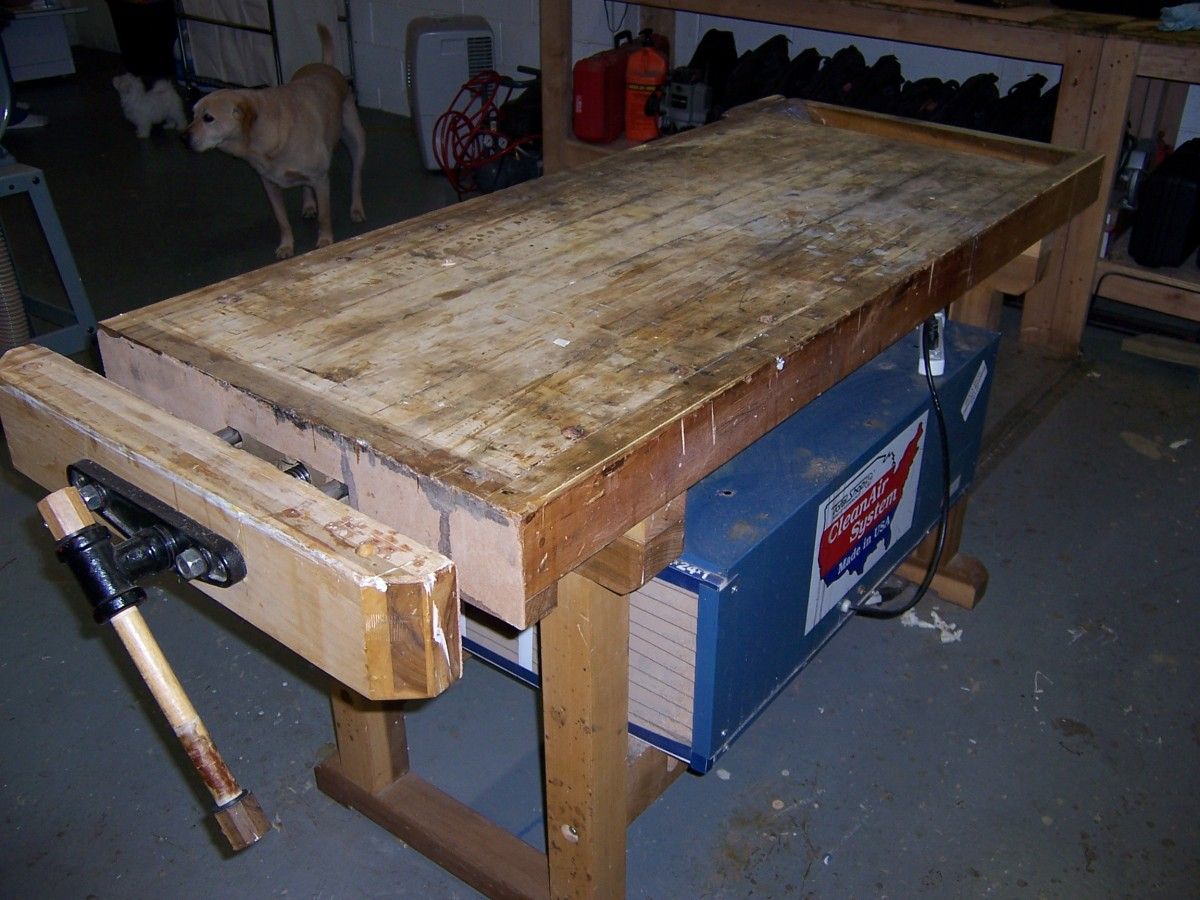
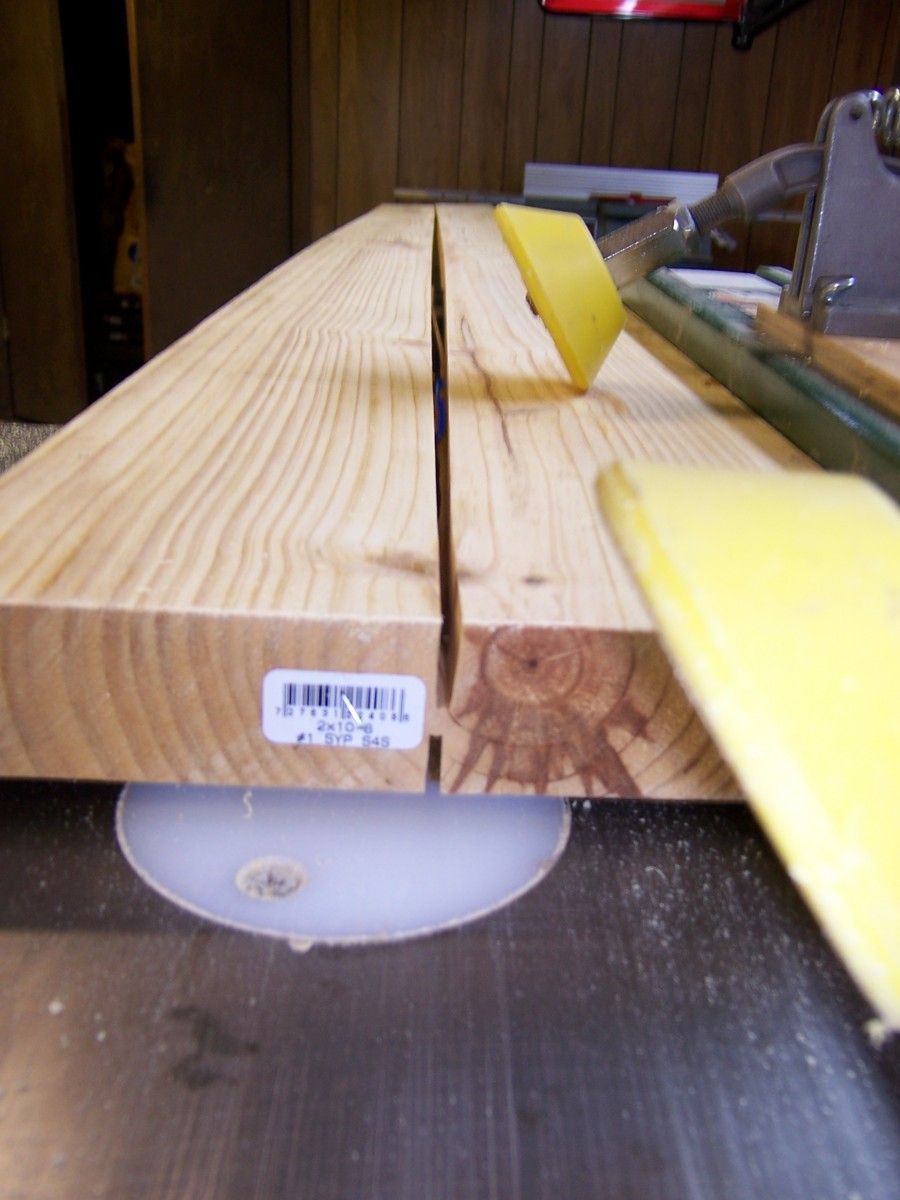
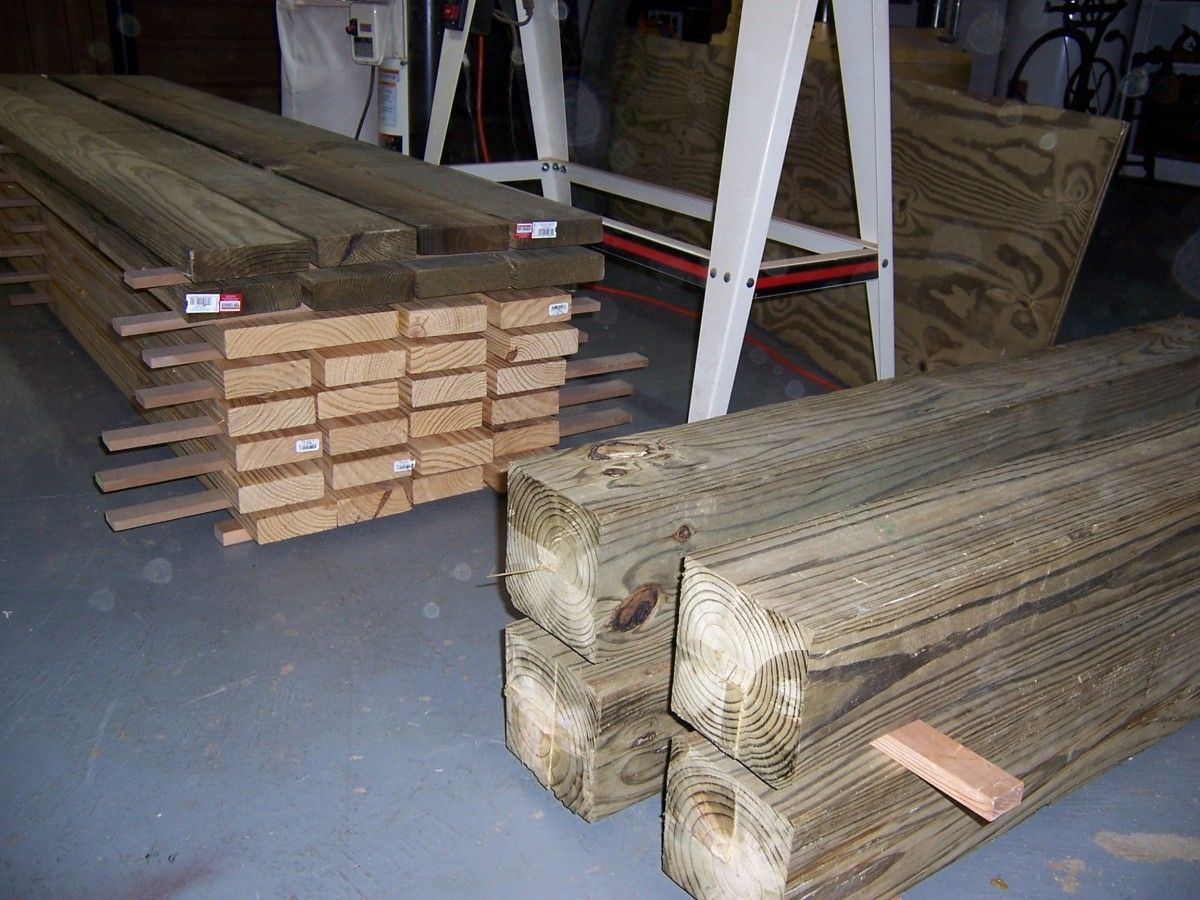
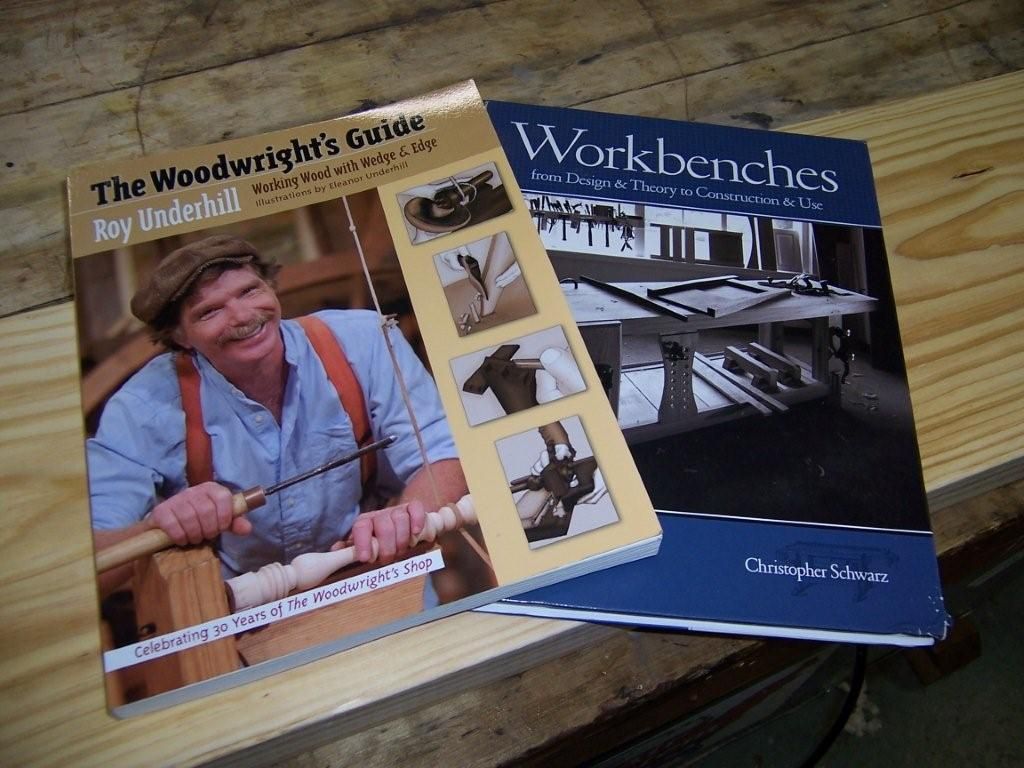

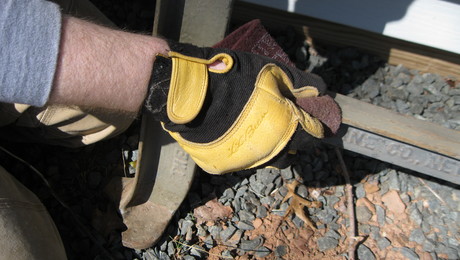
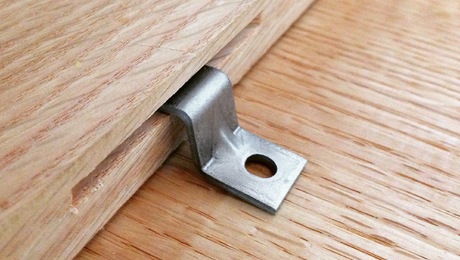
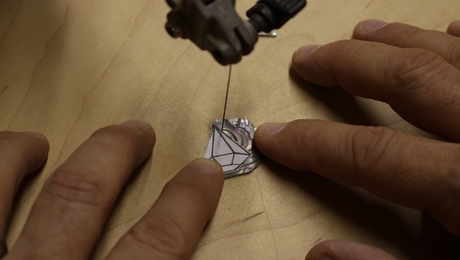

















Comments
Glad to see you starting on the bench. I am pricing lumber, and going to build Schwarz's model. I will watch your progress, best of luck!
Nice vise! I'm jealous. I look forward to seeing the finished product. Don't forget to wear a dust respirator when your working with the ACQ.
I like your choice for workbench styles to build; I am too in the process of building a Roubo workbench. I did a lot of research on wood properties, hardness and strength, and decided to build mine out of ash. I bought 2x12 from a local sawmill/kiln and ripped them into 2x4. Then I used a jointer and planer to flattened and square them. I am ready to start gluing the top together. or the legs I had 6x6 oak beams cut, and will square them to the 5x5 final dimensions. The ash was a lot of work and flattening 8' long boards was very tricky and time consuming. I am anxious to watch your progress of the workbench unfold! Robert in Nebraska.
I just bought Scott Landis' "The Workbench Book" am absolutely enchanted by the Roubo bench! I am eager to see how yours turns out. I've started to plan my own in my head so far. Adding a nice tail vise (I'm so new, I think that's what it's called on the end of the table) is something I'm definitely considering. Most of the work I intend to do is picture framing (by hand, from rough lumber).
Does anyone know where I can get more information about that antique vice? I have one on my antique workbench that is nearly identical to Mike's vice except it doesn't have the two extensions that sit above the jaws of the vice.
Paul, Wisconsin
I'd be happy with your old bench! Right now, I do everything on my cast iron table saw.
However, I've got several slabs of maple for my top and some hickory for the base. Just need to get done with building two guitars and one wedding present...I'll get to my bench... I swear... I will...
Keep us informed!
Sorry for the poor word choice fellow bloggers. I'm not interested in Mike's vice but rather his vise. Mike probably doesn't have any vices anyway. Thanks for your help.
Paul, Wisconsin
Dear Aplantfan,
I use my saw table for an finishing/assembly table too. I have had great success with a top cover made of 1/4" mahogany floor underlayment with 1 x edges. The thin top is light to handle when removing and the steel saw table keeps it stiff. The trick is to make a snug fit to the saw table. Mine is also 8" wider than the table so I get a little e xtra work area. I periodically clean the surface and add a coat of paint to cover the mess from painting and staining projects. When I use the table saw I just remove the cover and lean it against my bench.
Good luck.
PT74,
Try the Iron Hand website. http://www.mprime.com/Emmert/index.htm
From there you may be able to find links in finding missing or replacement parts
I just started milling the lumber for the top yesterday. I'll post my progress in the coming week.
Mike,
Thanks for the information.
Paul
Cool bench. But pressure treated wood? From what I've read, that is a rather insipid material. Seems an inordinate and unnecessary risk to expose oneself to such toxic compounds left readily available to your personal environment on a regular and intimate basis.
I would suggest you consider something other than pressure treated wood. It is very toxic to the point where it is recommended that it be handled wearing gloves.
Looking at your old bench, it appears to have a lot of life left. If you were to review it now, what would you attribute the racking to? And to correct it? I do like both of the benches you're drawing from for the new one.
ncrob,
I would say the racking came from poorly design mortise and tenon joints. The tenons on the stretchers were too small for the legs as they were only about an inch deep. I built the bench from plans from a ShopNotes magazine back in '93 and I believe I made the tenons to spec.
I just put my old bench on craigslist tonight for $50 and have had a couple of inquiries on it already. It definetly needs a new revamped top as the poplar has split terribly but I'm sure someone will give it a good home.
I wonder why larch (hakmatak / tamarak) isn't used more in projects like the Rubo bench. Just quarter a large one, square each quarter, cut to the length you need, and stack it to dry under cover in the wind. After a year it won't weigh like lead anymore. Then saw the wood you need keeping away from the heartwood. This stuff is tough as iron, almost impervious to rot, planes beautifully, has it's own built in preservative and takes an unbelievable finish. When quarter sawn it's just amazing . Just linseed oil it a few times. Another thing about it, if you have it locally, it's as cheap as water. I built a woodshed out of it 50 years ago. Its foundation is 8 x 8's layed right on a gravel bed. It has a 2 foot overhang all around. It has good drainage. The wood foundation is still in excellent shape. I painted the building itself with asphalt roofing cement watered down with kerosene. It now looks dark grey and water still beads up on it. My house has hardwood floors made of it.
Log in or create an account to post a comment.
Sign up Log in